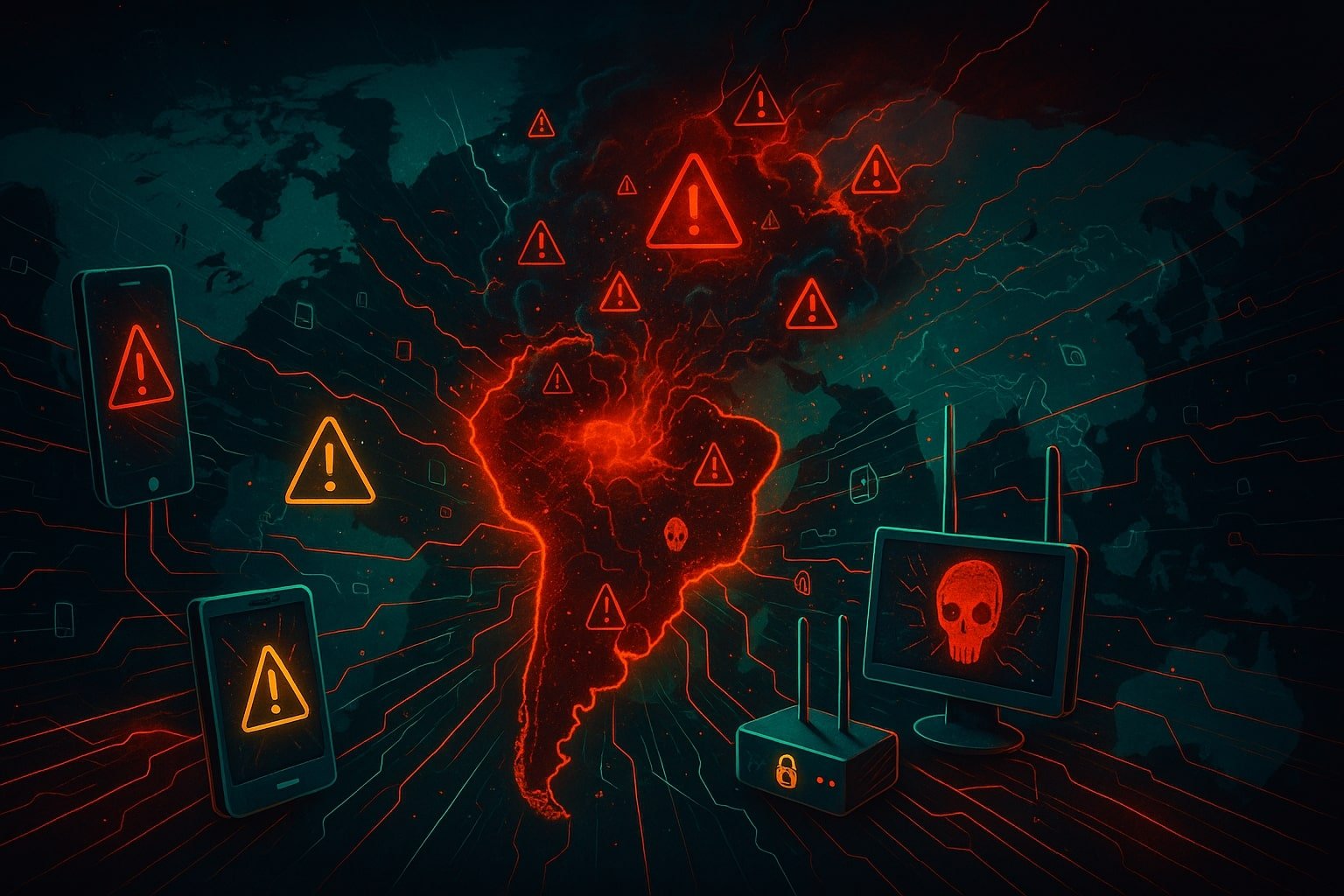A record-breaking Distributed Denial of Service (DDoS) attack, driven by the largest botnet ever recorded, has shaken the cybersecurity world. According to Qrator Labs, a prominent cybersecurity firm, the incident occurred on March 26, 2025, and targeted an undisclosed betting platform. The scale of the attack was staggering, involving 1.33 million compromised devices—more than the population of several small nations like Cyprus or Estonia.
This incident marks a major escalation in the ongoing arms race between hackers and defenders. For context, the largest botnet recorded in 2024 included only 227,000 devices—making the latest one nearly six times larger.
Massive Attack, Global Spread
The DDoS assault lasted approximately 2.5 hours and was primarily powered by devices located in Brazil (51.1%), with notable contributions from Argentina (6.1%), Russia (4.6%), Iraq (3.2%), and Mexico (2.4%). Despite its geographic concentration, experts warn that simple geo-blocking is ineffective. “Botnet operators are agile—they can quickly reroute attacks through IPs from other regions,” said Qrator Labs.

Vulnerable Devices Fuel Botnet Growth
The sheer size of this botnet is attributed to the increasing use of outdated and unprotected devices, especially in developing countries. Many of these devices, particularly low-cost Android models, are shipped with pre-installed malware and lack essential security features.
As consumers hold on to unsupported devices with internet access, the risk of exploitation grows. These conditions provide fertile ground for the formation of large-scale botnets used to execute powerful DDoS attacks.
Alarming Surge in DDoS Activity
Qrator Labs reports a 110% year-over-year increase in DDoS attacks in Q1 2025, building on a 50% rise seen in 2024. The attacks are becoming not only more frequent but exponentially more destructive. “These massive botnets can fire off tens of millions of requests per second, capable of taking down even resilient systems,” said Andrey Leskin, CTO of Qrator Labs.
ALSO READ: Call for Cyber Experts: Join FCRF Academy as Trainers and Course Creators
Most Targeted Sectors
At the network (L3) and transport (L4) levels, the most targeted sectors include IT and telecom (26.8%), fintech (22.3%), and e-commerce (21.5%). At the application layer (L7), fintech alone bore the brunt of 54% of attacks.
Aside from disruptive DDoS attacks, botnets are also used for non-disruptive but harmful activities like scraping data, brute-forcing credentials, and skewing analytics.
A Wake-Up Call
This attack is a stark reminder of the growing threat landscape in the digital world. As the number of unsecured devices rises globally, experts warn that similar attacks could become more frequent unless urgent action is taken to improve consumer device security and raise public awareness.


